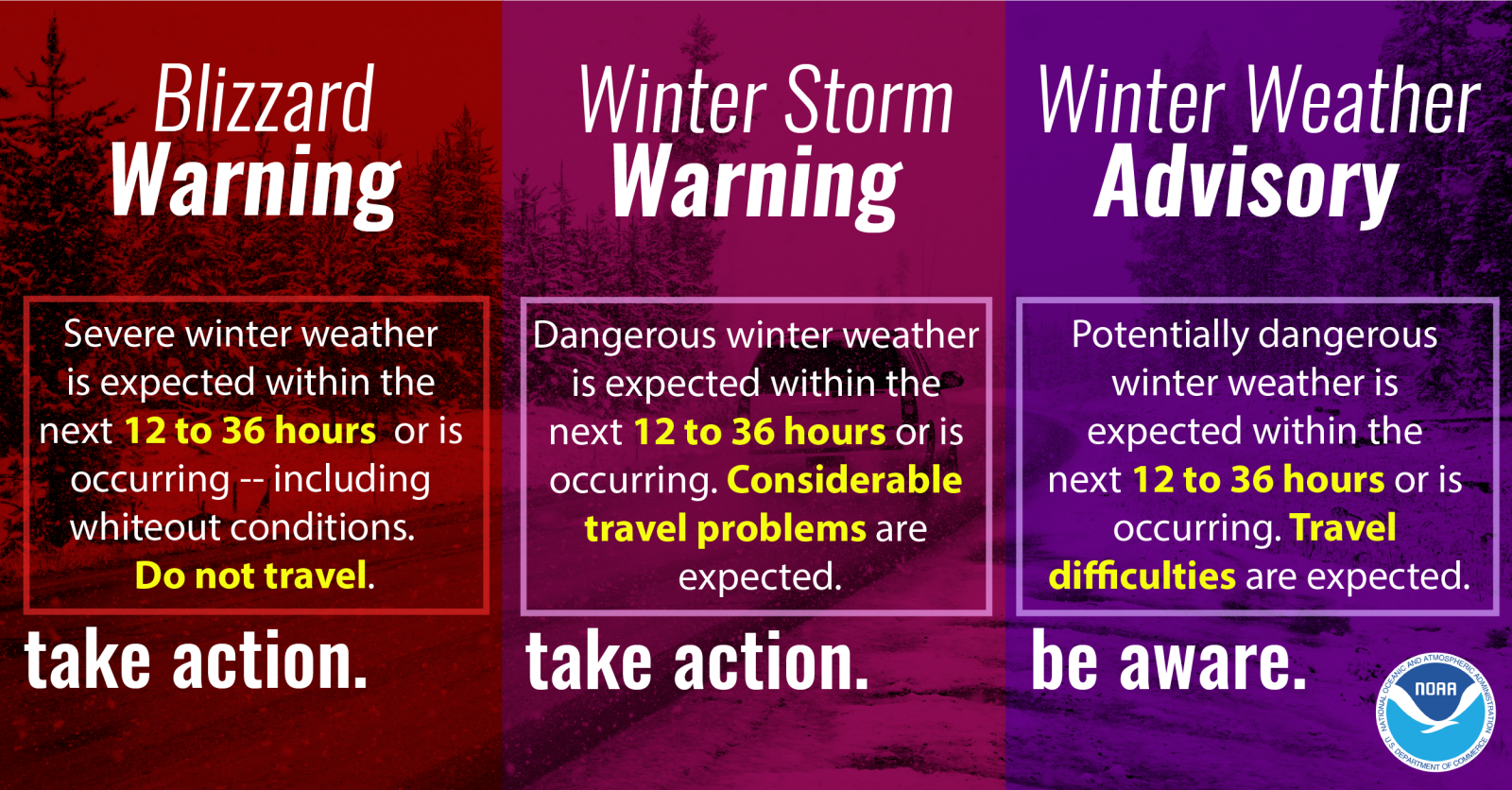Flood Warning: Your Guide To Safety From The NWS

Table of Contents
Understanding Flood Warnings from the NWS
What does a Flood Warning mean?
A flood warning, issued by the NWS, signifies that flooding is currently happening or is about to occur imminently. It's a critical alert indicating immediate danger, unlike a flood watch (which means conditions are favorable for flooding) or a flood advisory (which indicates minor flooding is occurring or is imminent). Flood warnings are issued for various water sources, including rivers, streams, creeks, and urban areas prone to flash flooding. The urgency cannot be overstated; a flood warning demands immediate action.
- A Flood Warning indicates that flooding is occurring or is imminent.
- Take action immediately. Don't delay.
- Stay informed through official sources like weather radio and the NWS website.
How to receive NWS Flood Warnings
Receiving timely flood warnings is paramount. The NWS offers several methods to ensure you're alerted:
-
NOAA Weather Radio: This dedicated weather radio system broadcasts continuous weather information, including flood warnings, directly from the NWS.
-
Smartphone Apps: Numerous weather apps, including the official NWS app, provide real-time alerts and forecasts directly to your phone.
-
Local News: Television and radio stations typically broadcast urgent weather alerts, including flood warnings, during their programming.
-
Local Government Alerts: Sign up for emergency alerts through your county or city's emergency notification system. These often provide hyperlocal warnings specific to your area.
-
Download the NWS app.
-
Program your NOAA Weather Radio.
-
Sign up for emergency alerts from your local authorities.
-
Monitor local news channels.
Preparing for a Flood Warning
Creating a Family Emergency Plan
A well-defined family emergency plan is your first line of defense against a flood. This plan should cover evacuation routes, designated meeting points (both near your home and further away), and communication strategies in case of separation. Assign roles and responsibilities to each family member to ensure efficient action during an emergency.
- Identify evacuation routes – multiple routes are ideal.
- Designate a meeting place close to home and one further away.
- Prepare an emergency contact list with phone numbers and addresses of family, friends, and emergency services.
- Pack an emergency kit (see next section).
Building an Emergency Kit
Your flood emergency kit should contain essential supplies to sustain your family for several days. Remember to store important documents in a waterproof container.
- At least one gallon of water per person per day for several days.
- Non-perishable food supplies (canned goods, energy bars).
- A well-stocked first-aid kit, including any necessary prescription medications.
- Copies of important documents (IDs, insurance policies, medical records) in a waterproof bag.
- Flashlights and extra batteries.
- A battery-powered or hand-crank radio.
Actions to Take During a Flood Warning
Evacuation Procedures
When a flood warning is issued, heed evacuation orders immediately. Mandatory evacuations are legally binding; voluntary evacuations are strongly recommended. Never attempt to drive through flooded areas; the depth of water can be deceiving, and even a small amount of water can sweep a vehicle away.
- Obey evacuation orders immediately.
- Never drive through flooded areas. Turn around, don't drown.
- If you must evacuate, follow designated routes and stay informed about road closures.
Staying Safe During a Flood
If evacuation isn't possible, move to the highest level of your home. Protect your property by moving valuable items to higher ground. Continue monitoring official sources for updates.
- Move to higher ground within your home.
- Unplug electrical appliances to prevent electrocution.
- Avoid contact with floodwaters; they can be contaminated with sewage and dangerous debris.
Post-Flood Safety and Recovery
Returning Home After a Flood
Before returning home after a flood, exercise extreme caution. Inspect your home for structural damage and check for gas leaks before entering. Professional help may be needed for significant damage.
- Check for structural damage before entering.
- Be aware of potential hazards like gas leaks, downed power lines, and unstable structures.
- Contact your insurance company to report damages and begin the claims process.
Seeking Assistance
Numerous organizations offer assistance to flood victims. Contact FEMA (Federal Emergency Management Agency) and the Red Cross for immediate support and information on recovery programs.
- Contact FEMA for assistance with housing, grants, and loans.
- Reach out to the Red Cross for immediate aid like shelter, food, and clothing.
- Look into available state and local government assistance programs.
Conclusion
Staying safe during a flood warning requires preparation, awareness, and decisive action. By understanding the information provided by the National Weather Service and following the safety guidelines outlined above, you can significantly reduce your risk. Remember to create a family emergency plan, build an emergency kit, and stay informed through multiple channels. Don't wait for a flood warning to act; prepare today for potential future flood warnings and ensure your family's safety. Staying informed about flood warnings issued by the NWS is crucial for your safety.

Featured Posts
-
 Simulation Cycliste Rtbf Prenez Le Depart Pour Le Tour De France
May 26, 2025
Simulation Cycliste Rtbf Prenez Le Depart Pour Le Tour De France
May 26, 2025 -
 Paramedics Dominate Police And Emergency Services Games Competition
May 26, 2025
Paramedics Dominate Police And Emergency Services Games Competition
May 26, 2025 -
 Funeral Service For Hells Angels Member Killed In Crash
May 26, 2025
Funeral Service For Hells Angels Member Killed In Crash
May 26, 2025 -
 Paris Roubaix 2023 Mathieu Van Der Poel Assaulted Seeks Justice
May 26, 2025
Paris Roubaix 2023 Mathieu Van Der Poel Assaulted Seeks Justice
May 26, 2025 -
 Analyzing The Shifting Style Of Armando Iannuccis Work
May 26, 2025
Analyzing The Shifting Style Of Armando Iannuccis Work
May 26, 2025
